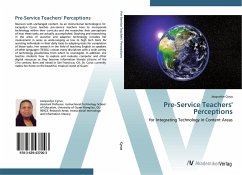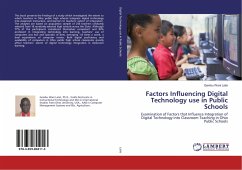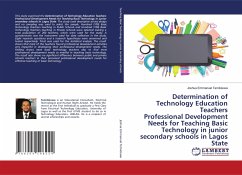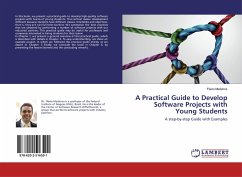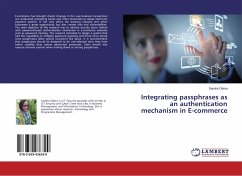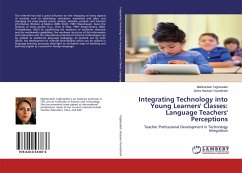
Integrating Technology into Young Learners' Classes: Language Teachers' Perceptions
Teacher Professional Development in Technology Integration
Versandkostenfrei!
Versandfertig in 6-10 Tagen
47,99 €
inkl. MwSt.

PAYBACK Punkte
24 °P sammeln!
The Internet has had a great influence on the reshaping of many aspects of societies such as advertising, education, marketing and sales, and changing the ways people access, analyze, simulate, present, and transmit information (Shetzer, & Meloni, 2000; Smith, 1997; Warschauer). Given the findings of some studies (e.g., Chun & Plass, 1997; Stepp-Greany, 2002; Thelmadatter, 2007) by underlining the existence of authentic materials and the multimedia capabilities, the nonlinear structure of the information and interaction and the educational potential of Internet technologies can be utilized to ...
The Internet has had a great influence on the reshaping of many aspects of societies such as advertising, education, marketing and sales, and changing the ways people access, analyze, simulate, present, and transmit information (Shetzer, & Meloni, 2000; Smith, 1997; Warschauer). Given the findings of some studies (e.g., Chun & Plass, 1997; Stepp-Greany, 2002; Thelmadatter, 2007) by underlining the existence of authentic materials and the multimedia capabilities, the nonlinear structure of the information and interaction and the educational potential of Internet technologies can be utilized to ameliorate language pedagogy. As pointed out by Celik (2013), the development of Internet technologies which can be utilized in language learning processes shed light to innovative ways of teaching and learning English as a second or foreign language.




